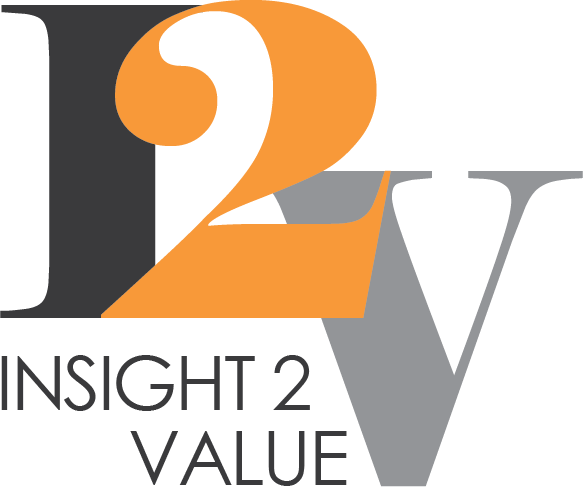Operational Excellence, Design Thinking & Intelligent Automation
Operational Excellence is the goal of driving business performance through efficient, transparent and value-add practices that will help lower operating costs and risk and deliver improved service quality and capability to the enterprise.
The Benefits of Operational Excellence & Intelligent Automation
When different parts of your business work together, they work better. Depending on how your business runs, this might mean combining the power of business automation workflow, integration, AI capabilities and Governance into a single operational environment. The result is the ability to construct effective, transparent, and trustworthy processes, putting your organisation in a position to serve all your stakeholders better, whether that be your customers or your staff. Other benefits include helping leaders remain strategic and enabling the organisation to create a competitive advantage.
Options to consider
1. Take a step back and consider design thinking
- How do we better understand our users?
- How do we deliver breakthrough solutions that fulfil our users’ needs?
- How do we do this at enterprise speed and scale?
The odds are that these are familiar questions, but somehow, the answers seem to be just out of reach.
Enterprise Design Thinking begins with principles that get to the heart of these questions. These principles provide the foundation for delivering solutions that meet or exceed your users’ expectations. They must speak to your team’s heart and head to be successful.
- Take a moment to think about what your team values.
Not every organisation puts users first. Sometimes, they have an explicit business rationale. For example, in a highly commoditised industry, you may prioritise delivery cost over user experience. As a design thinker, you may disagree with that, but it’s still a valid strategy to pursue.
But we’re not measured by the features and functions we ship. We’re measured by how well we fulfil our users’ needs. Whether we’re helping them discover a cure for cancer, collaborate across continents, or complete their expense reports a little faster, our users rely on us to help get their jobs done every day.
When we shift the conversation from one about features and functions to one about users and user outcomes, we deliver more useful, usable, and desirable solutions. We elevate professions and redefine industries. Most importantly, we earn the trust, respect, and repeat business of the people we serve.
2. Create digital workflows
Workflow technologies have been in play for some time, but many processes still involve manual input. To respond to change faster, businesses need to create digital workflows that enable the automated assignment of the most complex and simple of tasks, as well as robust reporting structures to ensure action has been taken.
Yes, build complex case management and workflow applications that break through your organisational silos – but also consider low code applications and collaboration tools that weave in robotic process automation.
3. Solve old problems in new ways
Human needs fundamentally don’t change. The ways we address them do.
Consider this: we’re still improving the way we get from Point A to Point B. Yesterday’s horse-drawn carriage was a prototype for today’s automobile. Today’s automobile is just another prototype for tomorrow’s transportation breakthrough. The problem is defined by a fundamental human need: getting from A to B. At any point in time, the solution is situated in the constraints and affordances of the era: technological advancements, evolving resources, and changing consumer expectations.
Being essential to your users and clients over time is about engaging in a continuous conversation with them through the solutions you offer. As you iterate on the next generation of offerings, stay true to the fundamental human need you’re solving, and keep in touch with the evolving context it inhabits.
4. The Known Unknowns
To get started, bring your team together to reflect.
- What are your capabilities as a team?
- What problem are you solving together?
- What do you know, and what don’t you know?
As you work to answer these questions, come up with a plan. You can learn more about your users’ world by observing or getting your hands dirty and making your ideas real. Go in any order you like, but do all three. Observing and reflecting without making is analysis paralysis; making and reflecting without observing is blind faith.
Take as many loops around the problem in the time you have, but be ready to commit to the decision you believe is best. Even after you commit, you’ll discover new problems to solve and new ideas to explore. What’s important is that you find your team’s momentum and keep moving.
CO-CREATE, CO-EXECUTE, CO-OPERATE
Join us in a shared experience with experts from the team.
- Identify a business opportunity in a Business Framing session.
- In a Technical Discovery session, explore the technology you need to get results.
- Conduct an Enterprise Design Thinking Workshop.
- Use Enterprise Design Thinking to identify a use case and target users, define business hypotheses, and create a Minimum Viable Product (MVP).
- Create an MVP. Design, build and deploy an MVP quickly. Scale the impact. Operate MVPs at production scale with continuous delivery.
Transform your enterprise and kickstart your way to Operational Excellence. Innovate and transform by adopting and adapting the Methodology to meet your objectives for speed and quality.
Find out more
Take a look at IBM’s Operational Excellence Manifesto
Arrange a meeting with us to talk about one or more of your Operational Excellence challenges, and let’s see if an I2V Client Engagement journey fits your business.



